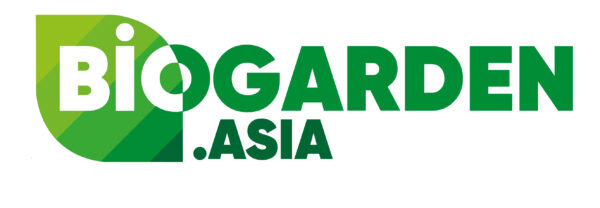No products in the cart.
NEWS
Feeding and Nutritional Management of Dairy Cattle
A total mixed rations diet (TMR) is one in which all dietary components are included in a single uniform mixture that is fed one or more times per day. There is nutritional advantage of approximately 8%-12% in feeding a TMR over component feeding due to facilitating rumen nitrogen and carbohydrate resources to optimize microbial growth in providing fiber and nonfiber ration components in uniform proportions. This minimizes fluctuations in rumen pH and promotes healthy rumen conditions, even at relatively high rates of energy intake.
Advantages of TMR feeding are critically dependent on proper diet preparation. There are a range of mixer wagons for TMR preparations that vary in their capabilities to incorporate dry forage adequately. Mixer wagons should be properly sized and not overfilled. Mixing time should be monitored and ingredient filling order followed according to manufacturer recommendations. Accurate weighing of each mixture component is requisite to successful TMR preparation. Several types of suitable mixers with self-contained weighing devices are available commercially.
Maintaining particle size adequate to deliver sufficient effective fiber can be a challenge with TMR diets. Limiting the duration of the mixing process helps maintain sufficient effective fiber if silages have adequate particle length initially and the particles are not further reduced during the mixing process. Sieves to monitor particle size in TMR mixes are available commercially. See table Particle Size Recommendations for Total Mixed Rationsa for recommended particle size distribution in TMR mixes, based on a popular sieving system.
Frequent monitoring of moist feed dry-matter content is particularly important in the management of TMR diets. Diets are formulated based on feed nutrient concentrations on a dry-matter basis; however, ingredients are mixed based on their wet weight. Therefore, accurate dry-matter concentrations are critical to ensure the mixed diet nutrient profile is as intended. Ensiled forages should have their dry-matter content monitored weekly or multiple times per week. Routine analysis of a representative TMR sample for major nutrient fractions is useful in assuring that the ingredient nutrient profiles and proportions are consistent with the intended diet formulation and are consistent over time.
Feed bunk management is another important aspect in the use of TMR mixes. Cattle should have continuous or nearly continuous access to feed. Adequate bunk space is important, with recommendations for optimal linear space usually 45-60 cm/animal. Bunks should be cleaned daily, and the orts (refused feed) weighed so that daily feed intake for the group may be calculated. To assure optimal feed availability, orts should be 2%-5% of the total amount fed. Orts particle size distribution should be evaluated to determine if feed sorting, which usually results in large particles (top sieve) being left behind, is not occurring.
All feeding groups, replacement heifers, nonlactating, and lactating cows can benefit from TMR systems. One challenge may be the difference in dry cow group size relative to mixer wagon capacity. Mixing for small groups may result in inadequate ingredient mixing efficiency. For economic use of TMR diets, cows should be separated into feeding groups (optimally, two or more lactating cow groups). Diets for lactating cow groups should be formulated with a lead factor, meaning the diet should be balanced for more milk production than the mean of the group. This is to ensure that the nutrient requirements of the higher-producing cows in the group are met. Optimal lead factors depend on the number of feeding groups and their stage of lactation. When two groups of lactating cows are used, feeding for >20% of the mean production is frequently recommended.



